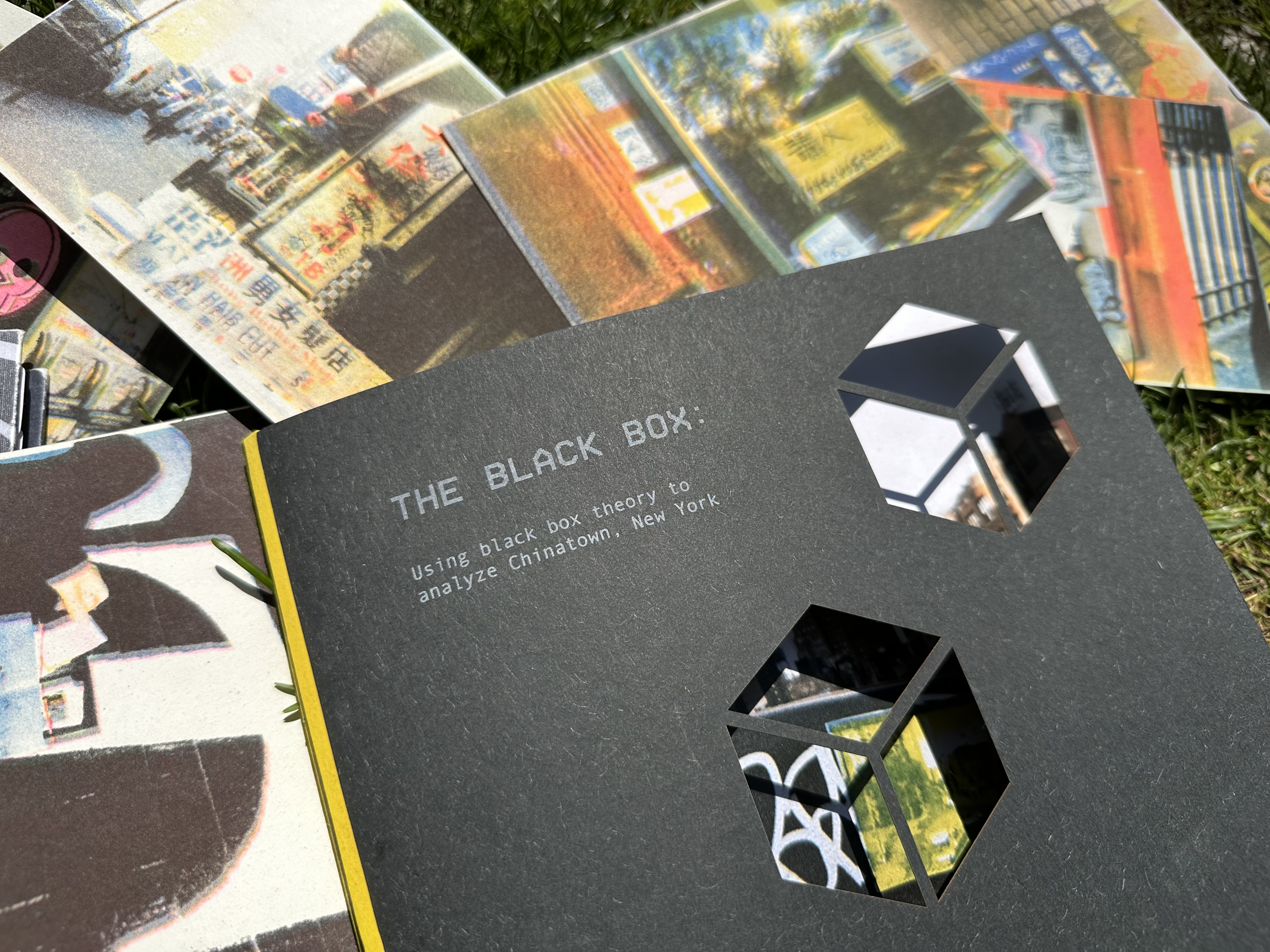The Black Box
Jingxin Dong
My thesis explores the symbolism of the ‘black box’, by applying black box theory, using black box equipment to capture a ‘black box’ space in NYC. The recorder captures evidence that investigators study in the event of an emergency or accident. My thesis is a historical analysis of the term in relationship to photography, theater, and other cultural contexts. My capstone project explores the presence of black box data in an immigrant community and uses surveillance photos and images that I captured on location in Chinatown, NYC.

Risograph cards folder - capstone
My thesis capstone project incorporates the ideology of the Black Box: the input and output are known, but the content inside is unknown. The tools that I have used - surveillance cameras, film cameras, and riso prints - reflect different interpretations of the Black Box. All the images from capstone are taken by fuji single use film cameras.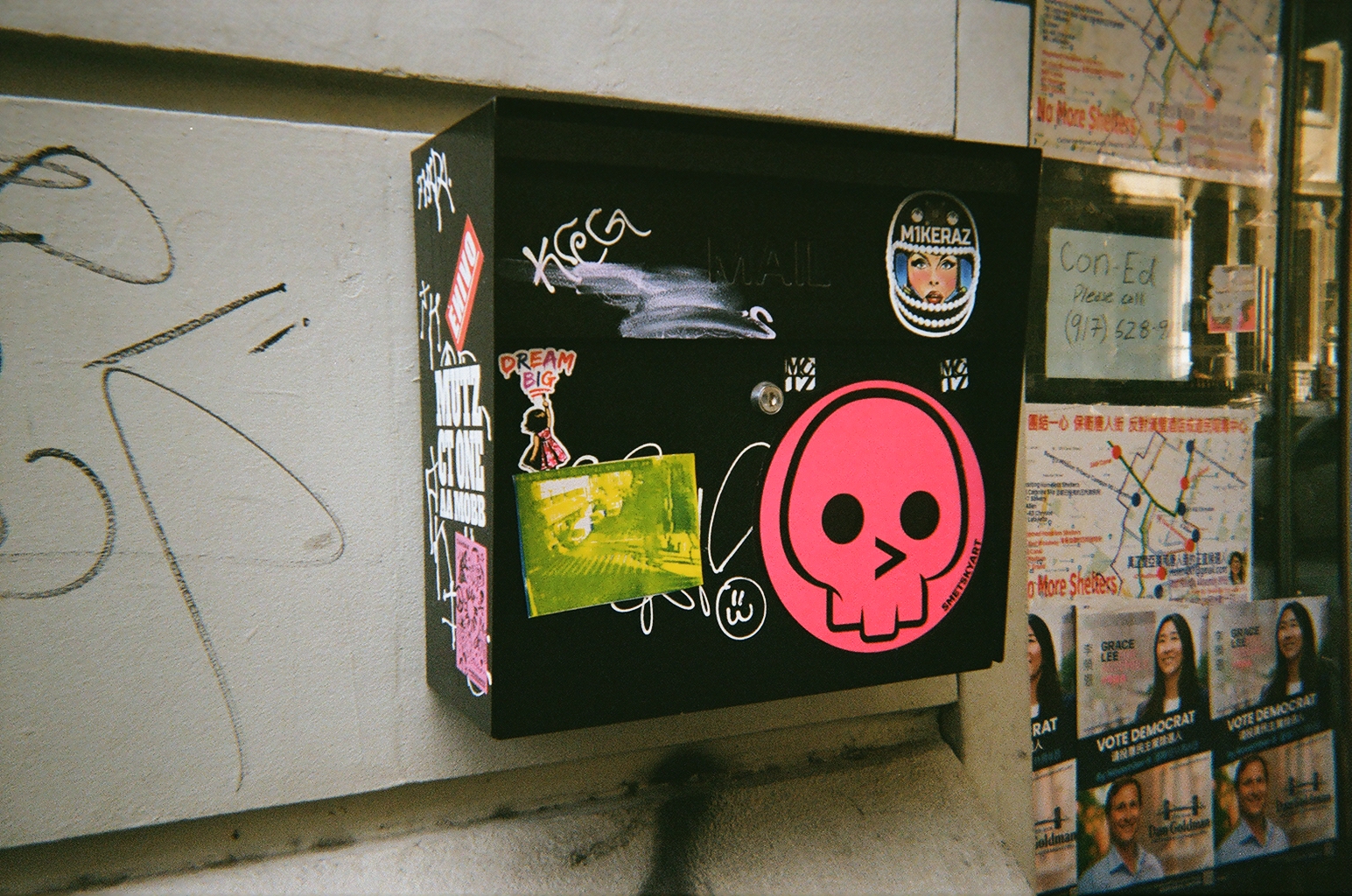
Risograph cards from surveillance cameras - capstone
I reprinted the photos using the risograph. These images were eventually put back into Canal Street’s small businesses, newspaper stands, and mailboxes to illustrate a “black box” in a city and a “country” within a city. The process is important since, as a Chinese designer, I want to bring my design works to the community and be able to introduce my culture to the visitors from my perspective.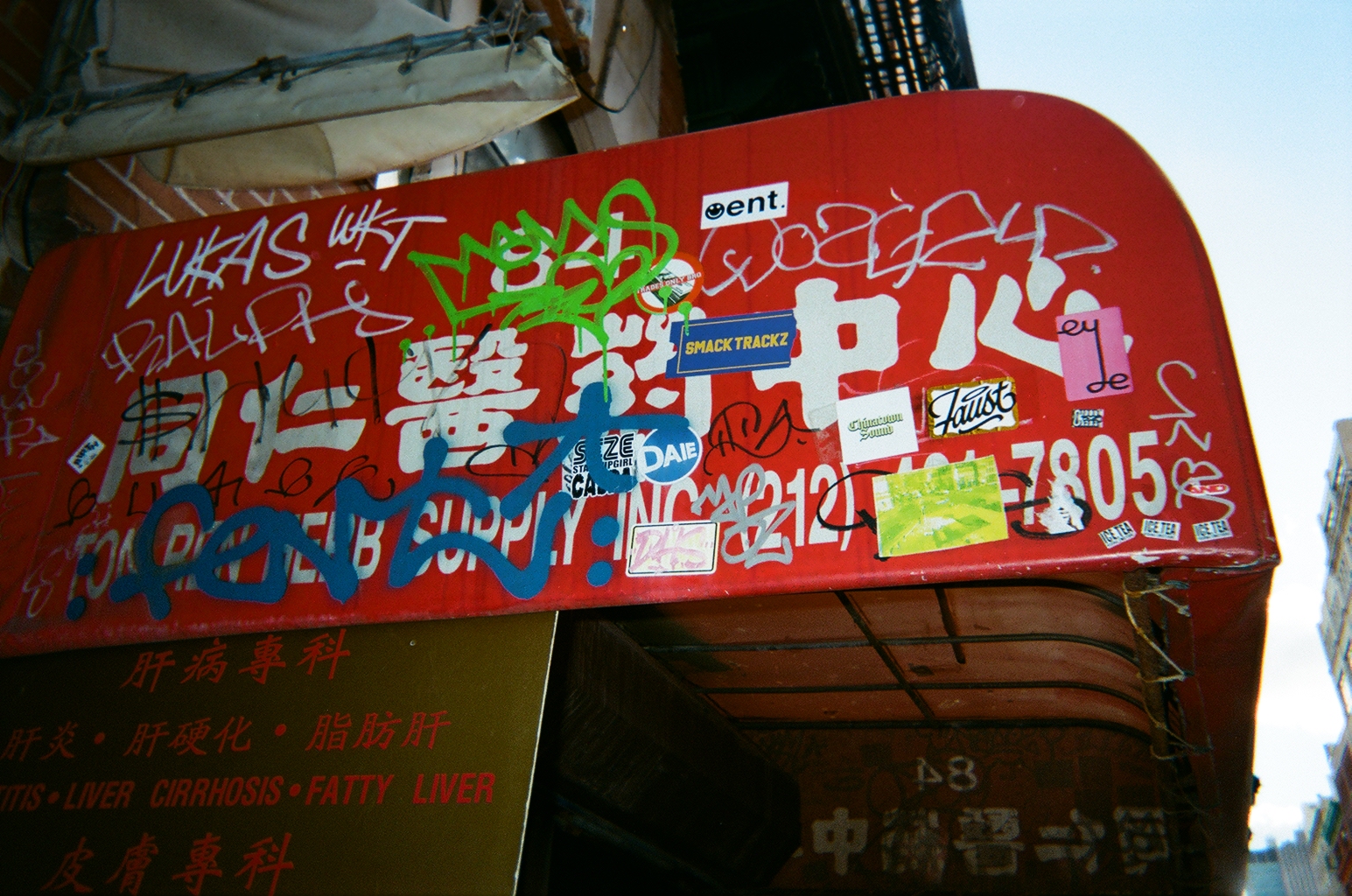
Risograph cards from surveillance cameras - capstone
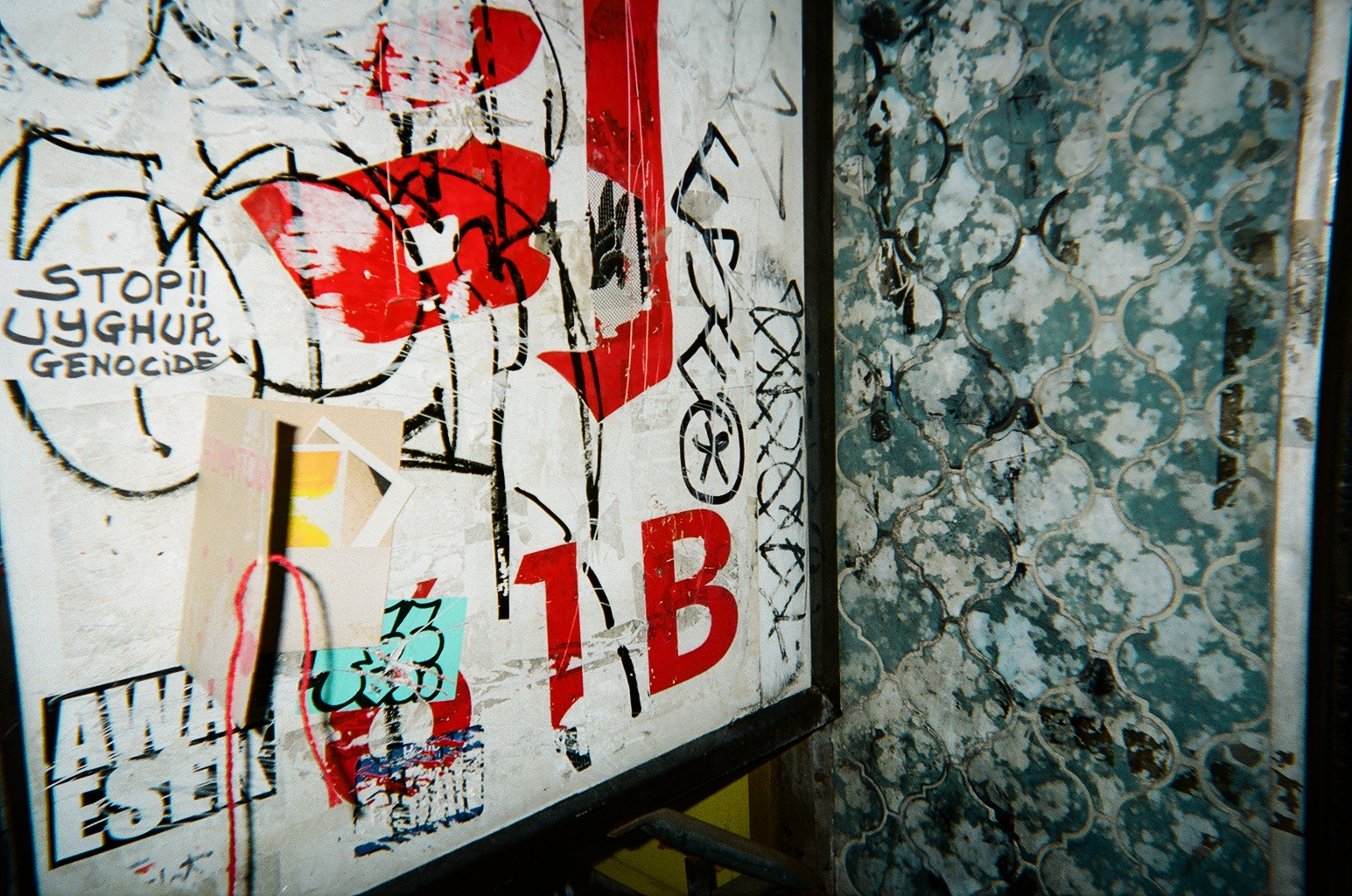
Risograph cards folder - capstone
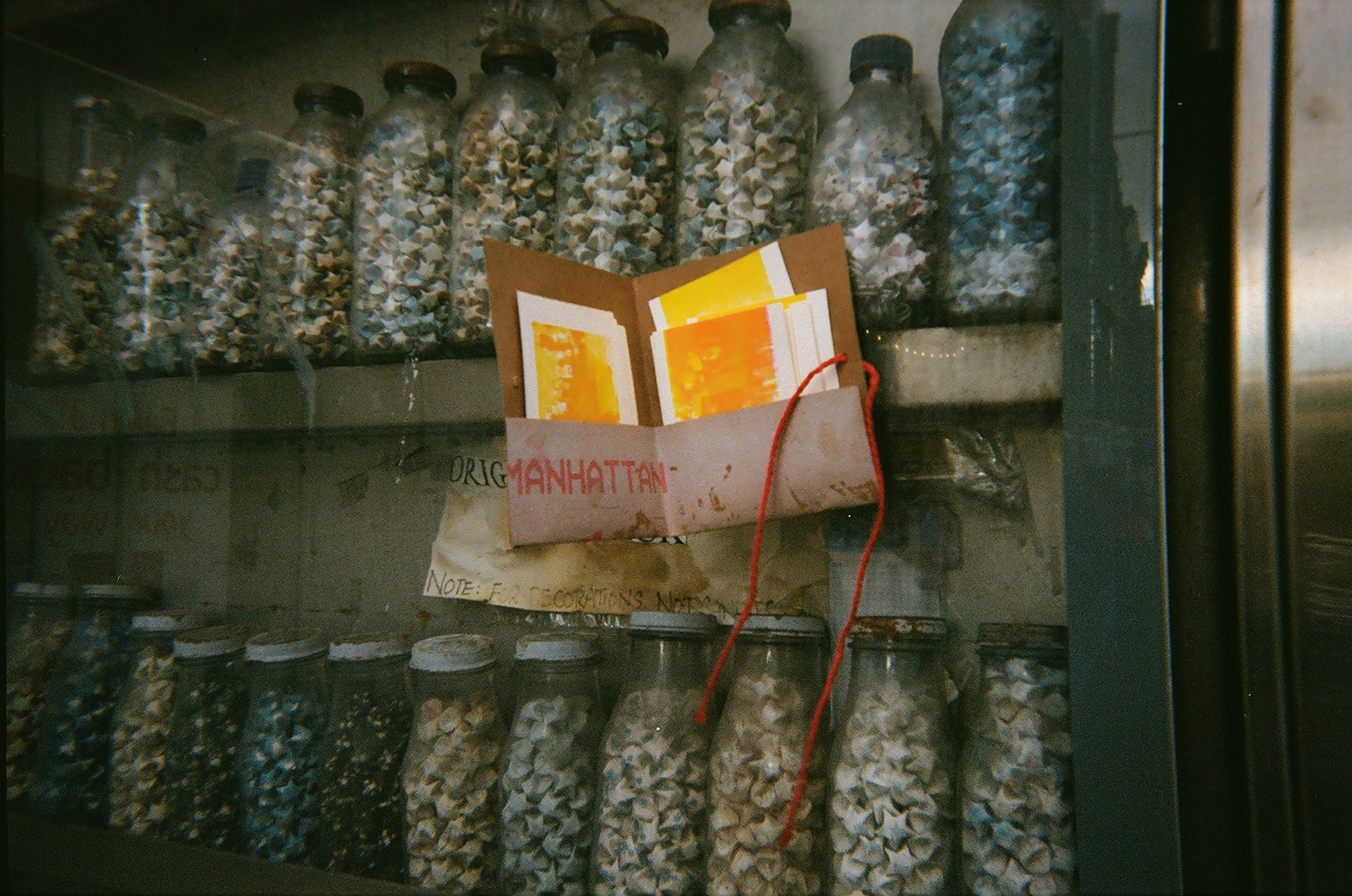
Risograph cards folder - capstone

Risograph cards from surveillance cameras - capstone
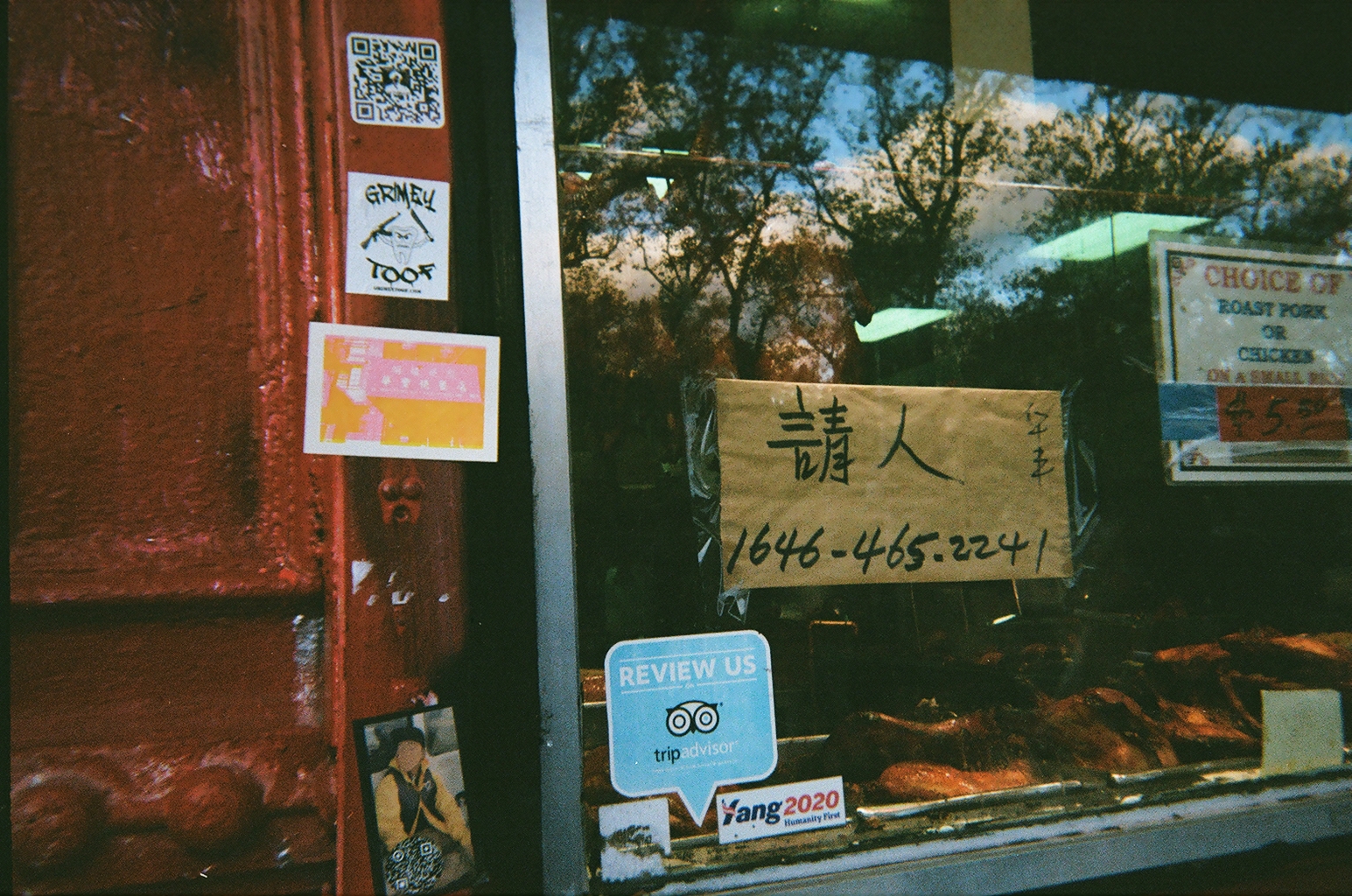
Risograph card in front of local business - capstone

Risograph cards folder - capstone
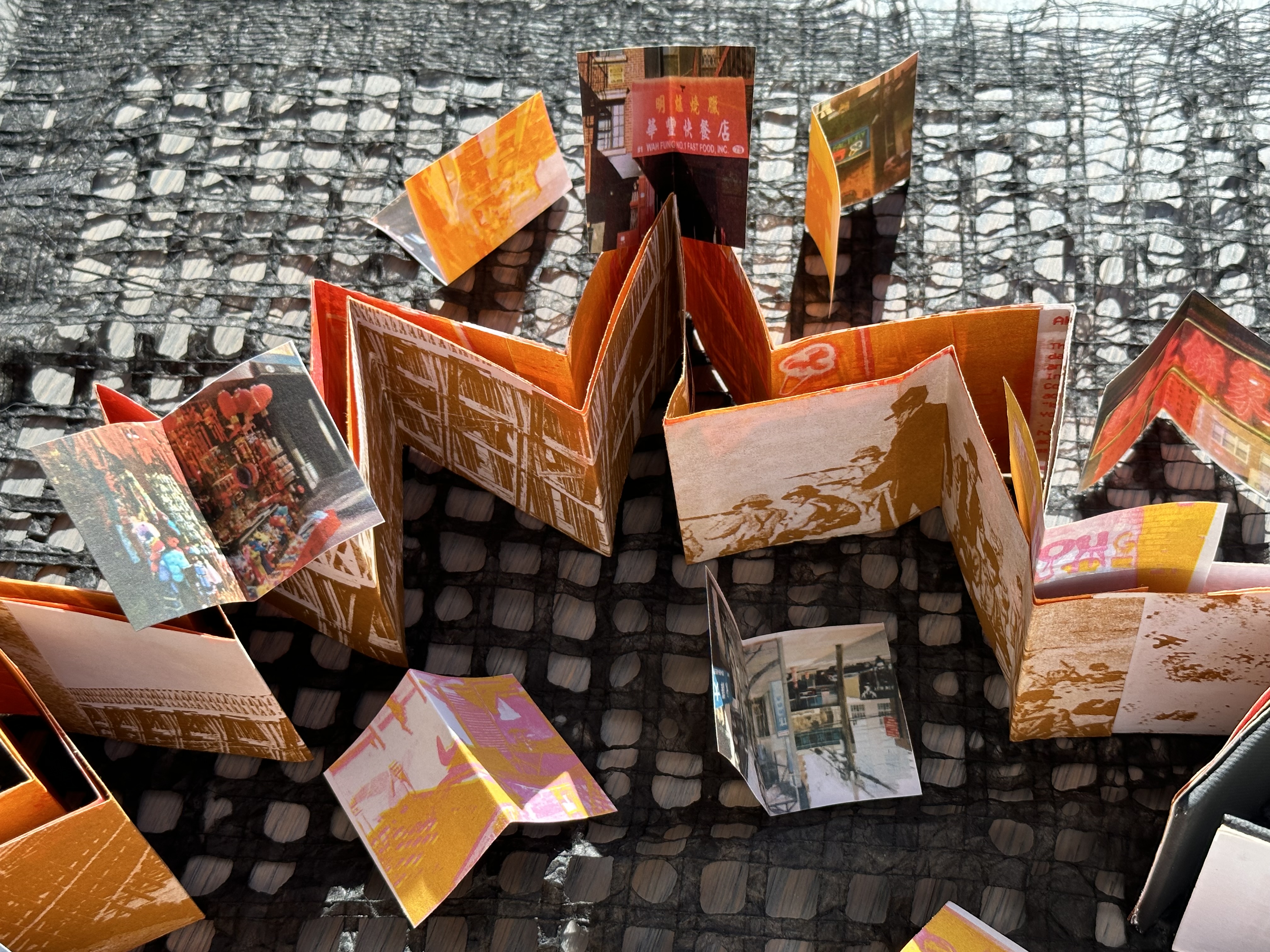
Zine - Technology B
One argument throughout this thesis illuminates the history of Chinese immigrants, from the Gold Rush to the Anti-Chinese Act and how the contribution of Chinese workers is one interpretation of the black box. Chinese immigrants were forced to endure humiliation when building the Transcontinental Railroad. The black box is a metaphor for the unrecognized hard work of Chinese immigrants. Moreover, the black box isolates the Chinese’s contributions to the construction. The folded zine contains two sides. The inner sides are the images from building the Transcontinental Railroad to the Anti-Chinese act; the outer sides are the film I printed using the risograph. The 3D zine contrasts the Chinese Immigrants building the Transcontinental Railroad and the establishment they have made to form the “country in a city.” There are different layers in the zine, and audiences flip through the layers to understand the deep meaning of the history of Chinatown. The installation of the zine is a representation of the past and present; just because history largely ignores a variety of Chinese contributions to society does not mean that they didn't happen or that Chinese people didn't exist. This design response aims to reveal history's existence and create a contrast in the present.
Thesis book content & Postcards - Thesis II and Visual Language B
I got a chance to explore tools like film cameras and riso printers. It was fascinating using a film camera since I did not know what result I would get, which is like an experience opening a black box. To me, that in a sense is a black box. The next step for me is to explore more color combinations. Also, I want to print in CMYK colors and more layers to look more original and visually appealing
Thesis book & Zine & Postcards - Thesis II, Risograph, and Visual Language B
